Plum variety Renklod kolkhozny
Kolkhoz rennlode is an old variety of domestic plum (Prunus domestica) of medium late ripening. Bred at the All-Russian Research Institute of Genetics and Breeding of Fruit Plants named after V.I. I.V. Michurin by crossing Green Renklode with thorny (Prunus domestica subsp.insititia). The authorship belongs to I.V. Michurin.

Crossing was carried out in 1989. The first fruiting occurred in 1899, in the tenth year of the seedling's growth. In 1947 the variety was sent for state testing. Since the same year, it has been zoned in the North-West (Leningrad and Pskov regions), Central (Kaluga region) and Central Black Earth (Lipetsk and Oryol regions) regions.
The trees are small (up to 2.5 - 3 meters in height), with an average vigor. The crown is spreading, flat-round, medium thickened and medium leafy. The bark of the trunk is smooth, light gray. Shoots are straight, of medium length and thickness, reddish brown. Lentils are medium in size, few in number. Leaves of medium size, oblong-oval, flat, light green color; the edges of the leaves are wavy, with a small-town serration. Petioles are of medium length and thickness, pigmented.
The flowers are medium in size, white in color. Fruiting is concentrated on bouquet branches, less often on annual growth.
The fruits of the plum Renklod kolkhoz are small or medium-sized (average weight - 15 - 20 g, height - 33 mm, width - 32 mm, maximum weight - 25 g), round in shape, with a rounded top and rather flattened on the side of the stalk. The side of the fruit that rests on the sharp edge of the stone is slightly more developed in most fruits than on the side of the blunt rib. The funnel is narrow, deep, regular in shape, has a deep notch on the side of the abdominal suture. Fruit color is greenish-yellow. Some fruits have a brownish-red blush on the sunny side. The skin is thin, dull, with numerous subcutaneous dots of gray color, the separability from the pulp is good. On unremoved plums, the surface of the skin is covered with a bluish-gray waxy bloom. The abdominal suture is well defined. The peduncles are light green, of medium thickness, 20 mm long, the attachment to the stone is rather weak. The bones are free, full, of medium size (6.5% of the total weight of the fruit), round-ovoid, slightly convex in shape; the lateral seam is strongly pronounced.
The pulp is light green, with a slight yellowish tinge, medium density, delicate consistency, juicy, with a satisfactory sour-sweet taste (weak acidity). Tasting score - 4 points. The biochemical composition of the fruits is as follows: dry matter - 12.2%, the amount of sugars - 7.25%, ascorbic acid - 11.3 mg / 100 g.
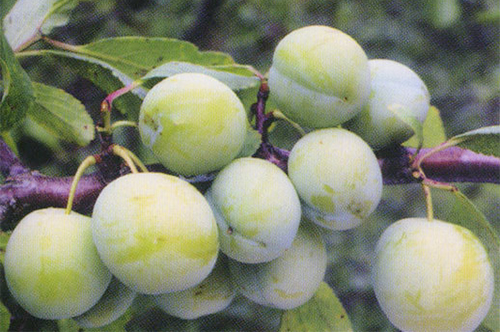
Flowering takes place in medium terms. Plums ripen together in the second half of August. The early maturity is average: at the time of fruiting, the trees enter the 4th - 5th year when planting grafted trees, and at the 6th - 7th year when planting with root suckers. The yields are plentiful, annual. Moreover, young trees immediately begin to bear fruit very generously: the yield of 6-year-old trees is 6 - 8 kg / village, 8-year-old trees - 9.5 kg / village. (the maximum indicator is 18 kg / village). At the age of 11 years, an average of 39 kg of fruit is harvested from a tree (the maximum figure is 51 kg / v.). Under the weight of the fruit, the branches sag, as a result of which the crown acquires a flat shape over time. You should not hesitate in harvesting, since ripe fruits are weakly adhered to the branches.
This plum is characterized by increased winter hardiness, not inferior in this indicator to the Skorospelka red variety. In normal winter conditions, trees do not freeze at all. In the harsh winters of 1939-1940. and 1941 - 1942. the trees of Renklode collective farm wintered better than other varieties. During these years, like most local plums, wood freezing and freezing of small overgrown branches were observed. At the same time, the frozen trees quickly recovered and already in 1944 brought a good harvest.
The variety is resistant to gum flow.In general, it is resistant to disease, but in wet years there is a susceptibility to fungal diseases.
This plum is self-fertile. Among the best pollinators are: Hungarian Moscow, Renklode of thorns, Skorospelku red and Blackthorn.
The main breeding method of the variety is grafting. On plums and thorns, the fastest growth is observed, on Vishna sandy, good fruiting begins from 8 to 10 years.
The main advantages of the collective farm Renklod plum include: high annual yield, good winter hardiness. In addition, the seeds of this plum are a good stock material. They are highly germinating and produce standard rootstocks.
This variety is also not deprived of disadvantages: when overripe, the fruits crumble strongly, self-rooted plants form abundant growth.

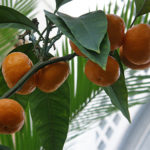
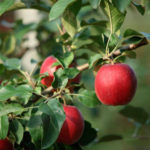
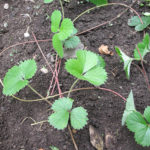
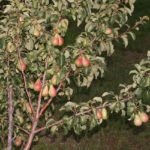
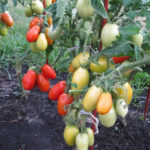



Of all the old renklodes, I would put this yellow cream in second place to taste. Only Renclaude green is tastier, but this tree withered several years ago. And the collective farm Renklode continues to delight with branches covered with fruits every year. We remove them from the old tree in 3-4 buckets. But it is better to pick unripe, because you miss a little - and after a windy night you will find the whole crop on the ground. This plum is not very suitable for sale, in the market it is always mistaken for cherry plum. Even broken ones do not help to show a separating bone, fruits. But the jam from the collective farm Renklode is a real miracle, because there is a lot of acid in its fruits.
I will support. Among new, productive and promising varieties, this plum continues to grow and carry stable, bountiful harvests. It does not require special care, although we trim the tree so as not to let it grow arbitrarily, we form it of a small size with a spreading crown.
I use the fruits for two more favorite "dishes". In addition to delicious jam, we make plum, and the children are waiting for the new harvest in order to taste the original compote of yellow plums and mint sprigs.
Perhaps this is one of the most unpretentious varieties of yellow plum. It grows and bears fruit here every year and, most importantly, the branches do not freeze in winter. We do pruning in early spring, scoop up the fallen leaves to the roots - both fertilizer and insulation. There are always many fruits.
For the winter we prepare jam, marshmallow, compote. Add more sugar to the compote, because the plum is a little sour. But we do not make plum, despite the fact that we have been engaged in winemaking for more than one year. I also grind fresh plums with a blender and freeze them, in winter I prepare sauces and a delicious plum marinade for barbecue.